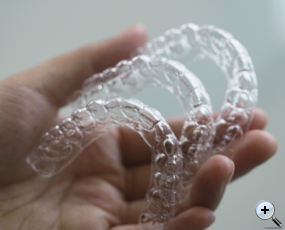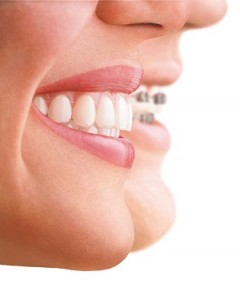Early preventive dental care for children is so important, here is why
As part of our dental health programme for the local people of Rickmansworth and Watford we thought we would write a blog post about the importance of early preventive care for children, why it is important, what the potential risks are not looking after their teeth and how you can go about ensuring that your children’s health stays as good as possible.
A recent study in to children’s dental health
A recent report in The dentistry section of Medical News Today Highlighted a problem with children not receiving the early preventive care that they should. Of the 2505 children that were in the study conducted by Dr Jonathan Maguire a paediatrician and researcher at St Michael’s Hospital, 39% of those children had never been to a dentist. The research programme followed children from birth through to the early years at the age of around four years old.
He found that there were links with lower family income and prolonged bottle use which led to a highly daily intake of sweetened drinks such as juice, unbelievably with each one Increase in the amount of sweetened drinks that those children drank daily, the odds of never visiting the dentist increased by 20% and nearly a quarter of all the children do had visited the dentist had at least one cavity.
Other studies by the Adult Dental Health survey and National Dental Health survey revealed that cavities can lead to dental fillings which are unfortunately very common in the UK, The studies showed that 84% of adults have at least one or more fillings and each of those adults have on average 7 fillings. This is a direct result of only 42% of adults using a toothbrush and toothpaste for their oral care and only 21% of adults visiting the dentist annually. These factors combine to mean that dental decay is more likely to occur and less likely to be detected and prevented. This means that the likelihood of having dental fillings is increased in the long-term.
Dr Maguire goes on to say:
“previous studies have found that children who receive preventive dental care in the first year of life have less dental disease, are less likely to require restorative or emergency treatment and have lower dental-related health care costs – particularly among high-risk populations. Barriers to dental care for families with young children may include financial cost, access to transportation, school absence policies and a belief that dental health may not be important to overall well-being.”
One of the simplest ways of ensuring that your children’s teeth stay healthy is firstly to visit the dentist and secondly to cut down on the amount of sugar they consume. But how much sugar is too much?
How much sugar is too much sugar?
The Journal of Dental Research recently carried out a systematic review to inform WHO guidelines on the effects of restricting sugar intakes in various age groups. The research looked at % of sugar in a daily diet and its relationship to the onset of decay. One of the problems with this research is that various publications have taken different views as to what it means, some of them have taken the step of converting this % of sugar into a spoonful amount, On the one hand this makes it easier to work out how much sugar you should be having, but is not strictly true to the research.
These Papers have converted this into between 5 and 7 teaspoons per day. Unfortunately doing this leads people to assume that they can have 5 or 7 teaspoons per day on their cereal, coffee , tea or anywhere else they add sugar.
The biggest problem is they forget that most of the sugar we eat daily is hidden within foods, not added by us afterwards. If we only count the spoonfuls of sugar we add to our food then we will be dramatically exceeding the recommended amounts!
The research reported the following results in their abstract:
42 out of 50 of the studies in children, and 5 out of 5 in adults, reported at least one positive association between sugars and dental decay there was “moderate quality” evidence showing a lower risk of dental decay when sugar intake is less than 10% of calorie intake, compared with more than 10% there was “very low quality” evidence showing a lower risk of dental decay when sugar intake is less than 5%, compared with 5-10% of calorie intake.
So it seems that the research is suggesting if we keep our sugar intake below 10% of calorie intake then there is ‘moderate quality’ evidence to show a lower risk of dental decay.
Summary
Our dental practice in Watford is dedicated to helping the local people with their oral health. Our dental hygienists can work with you and your children to ensure that they stay as healthy as possible and keep their teeth for life.
We urge you to help your children clean their teeth well at home, at least twice per day with a fluoride toothpaste, cut down on the amount of sugar that they consume and also make regular visits to the dentist where we can keep an eye on their dental health and let you know of any potential problems and keep current problems under control.


